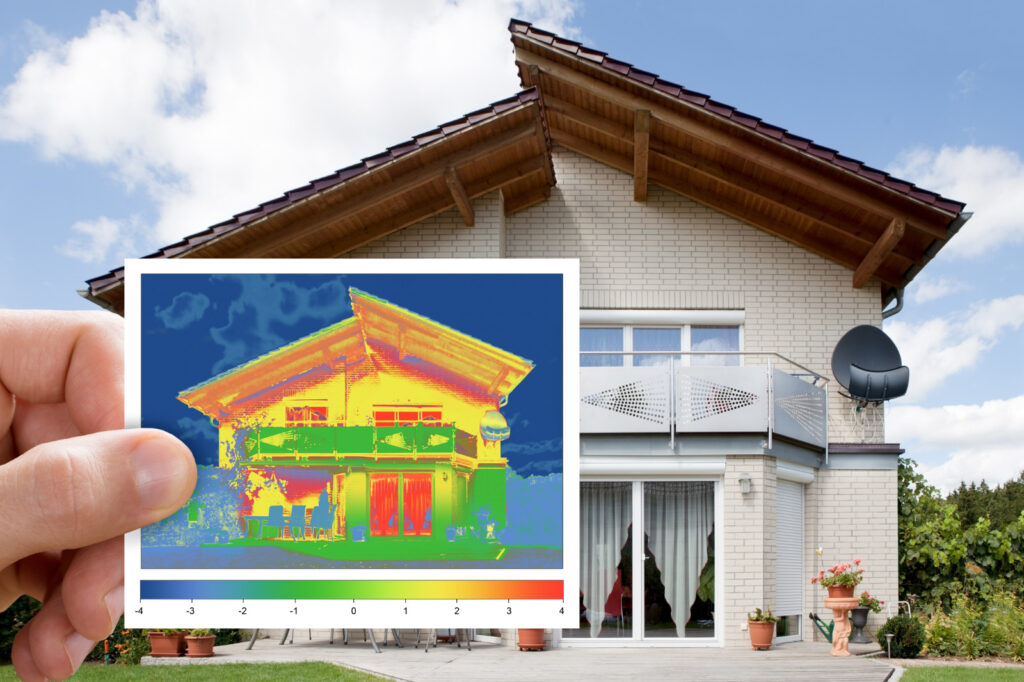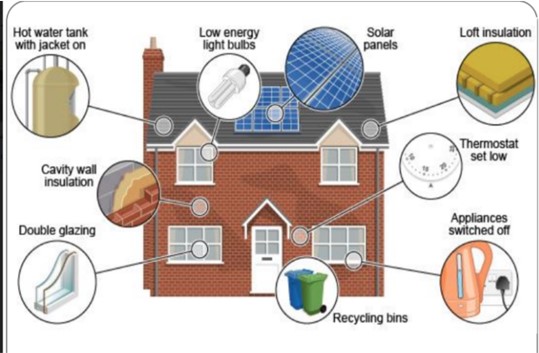With Canada’s diverse climate—ranging from frigid winters to warm summers—energy efficiency is a top priority for homeowners. Insulating your home effectively is one of the most impactful renovations you can make to reduce energy costs, increase comfort, and enhance your property’s value. Here’s an in-depth guide to the benefits of insulating your Canadian home and why it’s a smart investment.
Why Insulation Matters in Canada
Proper insulation acts as a barrier, preventing heat loss during the winter and keeping your home cool in the summer. Here’s why it’s essential:
- Cold Winters: Without sufficient insulation, Canadian homes lose significant heat through poorly insulated walls, roofs, and basements, leading to higher heating costs.
- Rising Energy Prices: With increasing utility rates, efficient insulation can dramatically lower energy bills.
- Environmental Impact: Insulation reduces your home’s carbon footprint by decreasing energy consumption.

Benefits of Insulating Your Canadian Home
1. Lower Energy Bills
- Insulation minimizes heat transfer, reducing the need for constant heating in winter and cooling in summer.
- Well-insulated homes can save homeowners 20-30% on energy bills annually, making it a cost-effective renovation.
2. Enhanced Comfort
- Insulation creates consistent indoor temperatures, eliminating cold drafts and hot spots.
- Your home becomes a more pleasant and livable space, regardless of outdoor conditions.
3. Increased Home Value
- Energy-efficient homes are highly desirable in the Canadian real estate market.
- Upgrading insulation can increase your property’s value and appeal to eco-conscious buyers.
4. Reduced Environmental Impact
- Energy-efficient insulation reduces the demand for fossil fuels, lowering greenhouse gas emissions.
- Eco-friendly insulation materials, such as cellulose or wool, further minimize environmental harm.
5. Improved Soundproofing
- Insulation not only manages temperature but also reduces noise transmission between rooms and from the outdoors.
- This added benefit enhances privacy and comfort, particularly in urban or multi-story homes.
Key Areas to Insulate in Your Home

1. Attic
- Heat rises, making the attic a critical area to insulate.
- Proper attic insulation can prevent up to 25% of heat loss in winter.
2. Walls
- Exterior walls are a primary source of heat transfer.
- Insulating walls during renovations can improve energy efficiency significantly.
3. Basement and Crawlspaces
- Basements and crawlspaces are often overlooked but are major contributors to heat loss.
- Insulating these areas can prevent cold air infiltration and moisture issues.
4. Windows and Doors
- While not insulation in the traditional sense, sealing gaps around windows and doors complements insulation efforts.
- Weather stripping and caulking can further enhance energy savings.
Types of Insulation for Canadian Homes
1. Fiberglass
- Pros: Affordable, widely available, and easy to install.
- Best For: Attics and walls.
2. Spray Foam
- Pros: High R-value (resistance to heat transfer) and excellent air sealing.
- Best For: Hard-to-reach areas, basements, and around windows.
3. Cellulose
- Pros: Eco-friendly and made from recycled materials.
- Best For: Walls and attics.
4. Rigid Foam Boards
- Pros: Durable and moisture-resistant.
- Best For: Basements, crawlspaces, and exterior walls.
5. Mineral Wool
- Pros: Fire-resistant and excellent soundproofing.
- Best For: Walls, attics, and basements.
Costs and Incentives
Average Costs
- The cost of insulation depends on the size of your home, the material used, and the area being insulated.
- Approximate Costs:
- Attic insulation: $1,500–$5,000
- Wall insulation: $2,000–$6,000
- Basement insulation: $1,000–$3,500

Government Incentives
- Canada Greener Homes Grant: Offers up to $5,000 for energy-efficient upgrades, including insulation.
- Provincial Programs: Many provinces have additional rebates or incentives for insulation and energy efficiency projects.
Steps to Insulate Your Home
- Energy Audit: Conduct a professional energy audit to identify areas of heat loss and prioritize upgrades.
- Choose the Right Material: Select insulation that suits your budget, climate, and home needs.
- Hire Professionals: For complex areas like walls and basements, professional installation ensures safety and efficiency.
- Seal Air Leaks: Combine insulation with sealing around windows, doors, and vents for optimal results.
The ROI of Insulating Your Home
- Proper insulation typically offers a 60-75% return on investment at resale.
- Energy savings mean the initial costs are often recouped within a few years.
- Combined with incentives and rebates, insulating your home is a financially savvy decision.
Final Thoughts
Renovating for energy efficiency by insulating your Canadian home is an investment that pays off in comfort, savings, and environmental benefits. By prioritizing critical areas like the attic, walls, and basement, and leveraging government incentives, homeowners can enjoy a more sustainable and cost-effective living space. Whether you’re planning a small upgrade or a full-scale renovation, insulation is a smart choice for every Canadian home.